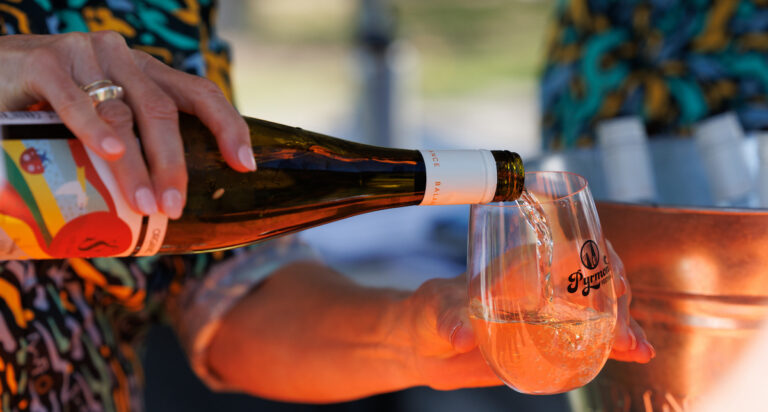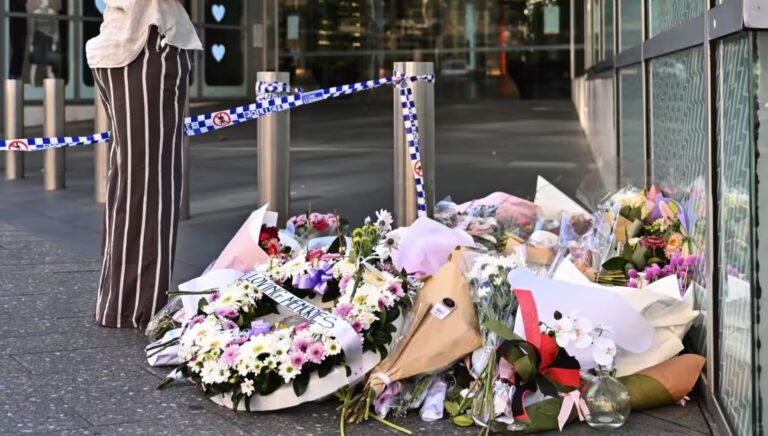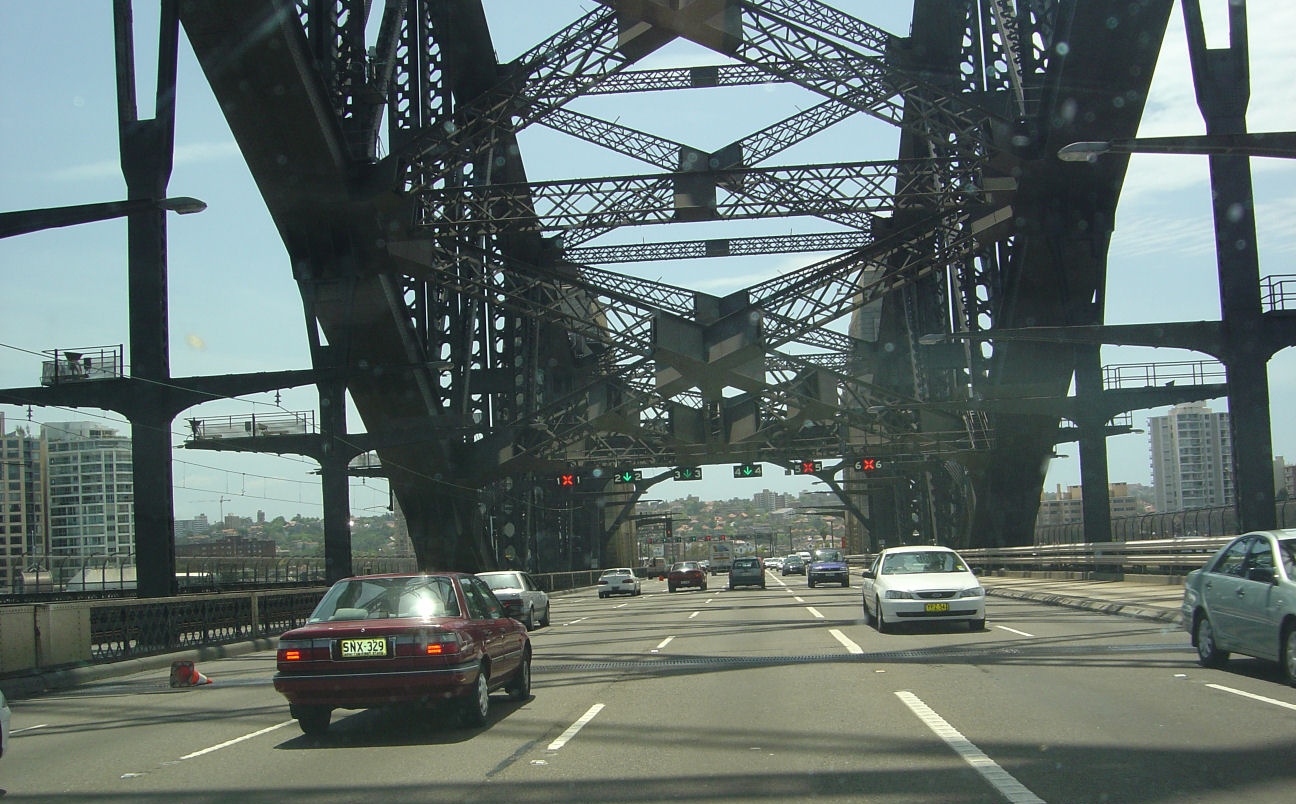
Solar soars after renewable investments

By Rickie Hardiman
The City of Sydney has increased its $18 million environment budget with an added $4.5 million to encourage the use of renewable energy over the next four years.
The intention is to support more solar panels on residential and commercial buildings along with inviting large-scale investment in renewables.
The Lord Mayor is quoted as saying that there is an estimated 12MW of solar PV capacity in the council area at the moment, which they hope to increase tenfold by 2030.
Currently around 15 per cent of local electricity is sourced from renewables which is planned to increase to 50 per cent by 2030.
The $4.5 million will go towards grants and incentives for solar panels and funding a ‘solar concierge’ that can offer advice on renewable energy to building managers.
This is significant for apartment owners where the range of options can be confusing.
A City of Sydney spokesperson indicated that the project is expected to launch later this year.
The City is spending over $3 million putting more solar panels on its own buildings for energy efficiency.
Future sights are set on a number of community centres, a childcare centre, depot, library and theatre.
There are varying highly efficient buildings in the city of Sydney and Independent Energy Advisory’s Jonathan Prendergast spoke of UTS as leading by example.
The University has one of the most ambitious greenhouse gas reduction targets of any Australian university.
New buildings opened since 2014 incorporate best practice energy use with new lifts in the tower building, and air-conditioning upgrades including switching from electricity to gas with a lower carbon footprint.
They plan to reduce emissions to 30 per cent by 2020 and recently invested $9 million to improve energy efficiency of existing buildings including solar panels. UTS contracts directly with solar farms in Singleton and Orange in regional NSW.
The University of Sydney has rolled out its solar program and is well underway with solar PV systems installed on five building on their main campus, including student accommodation.
They recently revised design standards for new buildings which now require solar energy systems.
They’ve also installed recycling stations throughout the main campus and office workspaces, along with energy efficient lighting upgrades to major car parks.
Sydney University is committed to contributing to the City’s goal of 70 per cent carbon emissions reduction by 2030.
The International Convention Centre has installed an array of solar totalling 520kW, enough to power 100 homes. All the energy generated by the solar is used by ICC.
Stucco, a student co-operative in Newtown run by full-time students of Sydney University, used a grant from the City of Sydney to install solar panels on the roof.
Project manager Dr Sturmberg said: “it’s really a cutting-edge demonstration project.”
Such a shared solar and battery system for an apartment block could well work in the City.
The success of the solar power industry in the USA is in great part due to solar power purchase agreements (PPA), where companies are contracted to buy energy from solar farm or wind developers to buy energy allocations.
Countries using PPA include UK, Germany, South Africa, Chile, Brazil, India and China.
Lisa Stieibel from QED Energy in Canberra said that the ACT is planning on 100 per cent renewables by 2020 with all electricity in Canberra sourced from renewables.
Ms Stiebel pointed out that while it is ambitious Canberra is one of the most advanced cities globally.
Basically, they are achieving this by contracting large scale wind and solar to meet the targets.
Each year Australians send seven million tonnes of food and organic waste to landfill producing a greenhouse gas 25 times more potent than carbon dioxide.
Darren Pinto from Waste Ninja in Sydney spoke of European countries such as Germany and the UK which are heavily involved in turning food waste into biogas through processes called ‘waste to energy’.
Biogas is produced after organic materials are broken down by bacteria.
Once it is captured it can be fed into the grid to produce heat and electricity replacing coal or natural gas and for use in engines and turbines.
The City of Sydney has plans for advanced waste treatment and has committed $1.8 million to expand residential waste services to divert it from landfill.
These include e-waste collection, trials for food collection from apartment buildings and problem waste items such as gas bottles or chemicals.
A tender for these services is currently in market.









